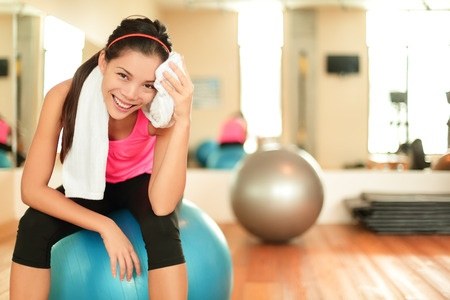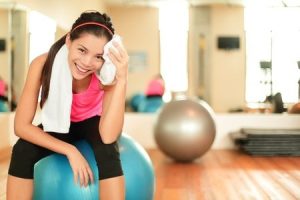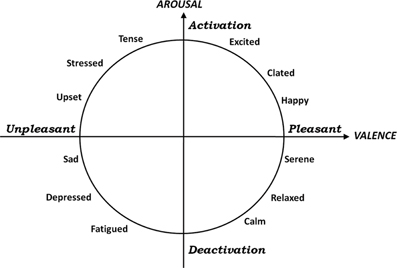
Endorphins (happiness hormones) get all the credit for why people feel good from exercise. But, sometimes love just isn’t enough. Endorphins are temporary and don’t always get you motivated to start moving. They’re sort of like a bribe or promise because they don’t come until you’ve begun exercising and sometimes they don’t show up at all.
Exercise feels good before it happens when someone has a good match between their reason for exercising and the activities chosen to reach those goals. Easier said than done. Finding out the most aligned methods of exercise for each client based upon their goals and preferences results in greater success for both of you.
Identify desired feelings to be an even better match-maker…
How does your client want to feel?
Energized? Calm (less stressed)? Toned? Everyone’s reason for exercise is different. The more you tap into individual reasons, the better choices you can help them make. Pay attention to what people say and ask them good questions. “What’s your favorite exercise?” “How does it make you feel?” “What other activities produce this feeling?”
Some people might say how they should feel or are supposed to feel, especially if they aren’t accustomed to reporting what makes them feel good. Try asking them in the moments that they appear to be pleased with their workout.
Matching feel good activities to goals
When someone knows how they want to feel, you can take the next step. There are many routes (activities) to the same destination (feelings). There is no right or wrong way to pair activities with feelings. One person might feel calm and mindful from yoga or walking, while another might feel that way after boxing.
 Calm/mindful activities – yoga, pilates, swimming, walking in nature
Calm/mindful activities – yoga, pilates, swimming, walking in nature
Energizing activites – kick-boxing, dance
Confidence boosting activities – boxing, weight training
Most activities have an assumed feeling associated with them, but stay open minded… Perhaps yoga could boost someone’s confidence while boxing could be relaxing.
When fitness doesn’t feel good
Exercise can cause the opposite effect that’s desired. A yoga class might be boring to someone craving high energy. A spinning workout could feel stressful and too loud for someone who wants peaceful quiet time to find their happy place. If an exercise experience causes stress or boredom, the behavior will be harder to repeat.
Why feeling good works
“I want to be healthy so I can be happy” is a very popular theme in society. Happiness can be described on two ends of a spectrum. It can feel like calm serenity or bursting excitement. The two are expressed uniquely. They can be achieved in different ways.
This explains why an exciting cycling class with blasting music may not be as enjoyable as a calm, tranquil yoga class or vice-a-versa. When the desired emotion (happiness) is identified and linked to an appropriate activity, there is a higher chance of adherence (repeating behavior).
Get directions to feel good
If you find this information intriguing, you’ll enjoy the Circumplex model (Ekkakakis and Petruzello, 2002). Imagine a map with north, south, east and west directions. On the model north is high arousal, south is low arousal, east is pleasant and west is unpleasant. Examine the combinations: northwest or southeast as examples on the diagram and it’ll start to make more sense.
 Notice that “excited” is a high arousal (intensity) pleasant feeling, while “calm” is a low arousal (intensity) pleasant feeling. On the other side of the circle there are high arousal (intensity) negative and low arousal (intensity) negative emotions.
Notice that “excited” is a high arousal (intensity) pleasant feeling, while “calm” is a low arousal (intensity) pleasant feeling. On the other side of the circle there are high arousal (intensity) negative and low arousal (intensity) negative emotions.
Use this diagram to help you further pinpoint the feelings clients want to experience from exercise. Print and hang this chart somewhere that you can show clients and have them identify their feelings from exercise more accurately.
Reference:
Lox, et.al. 2003. The Psychology of Exercise – Integrating Theory and Practice. Scottsdale, AZ: Holcomb Hathaway Publishers Inc.






